Home>Gardening & Outdoor>Landscaping Ideas>Why Do Crows Dig Up Grass
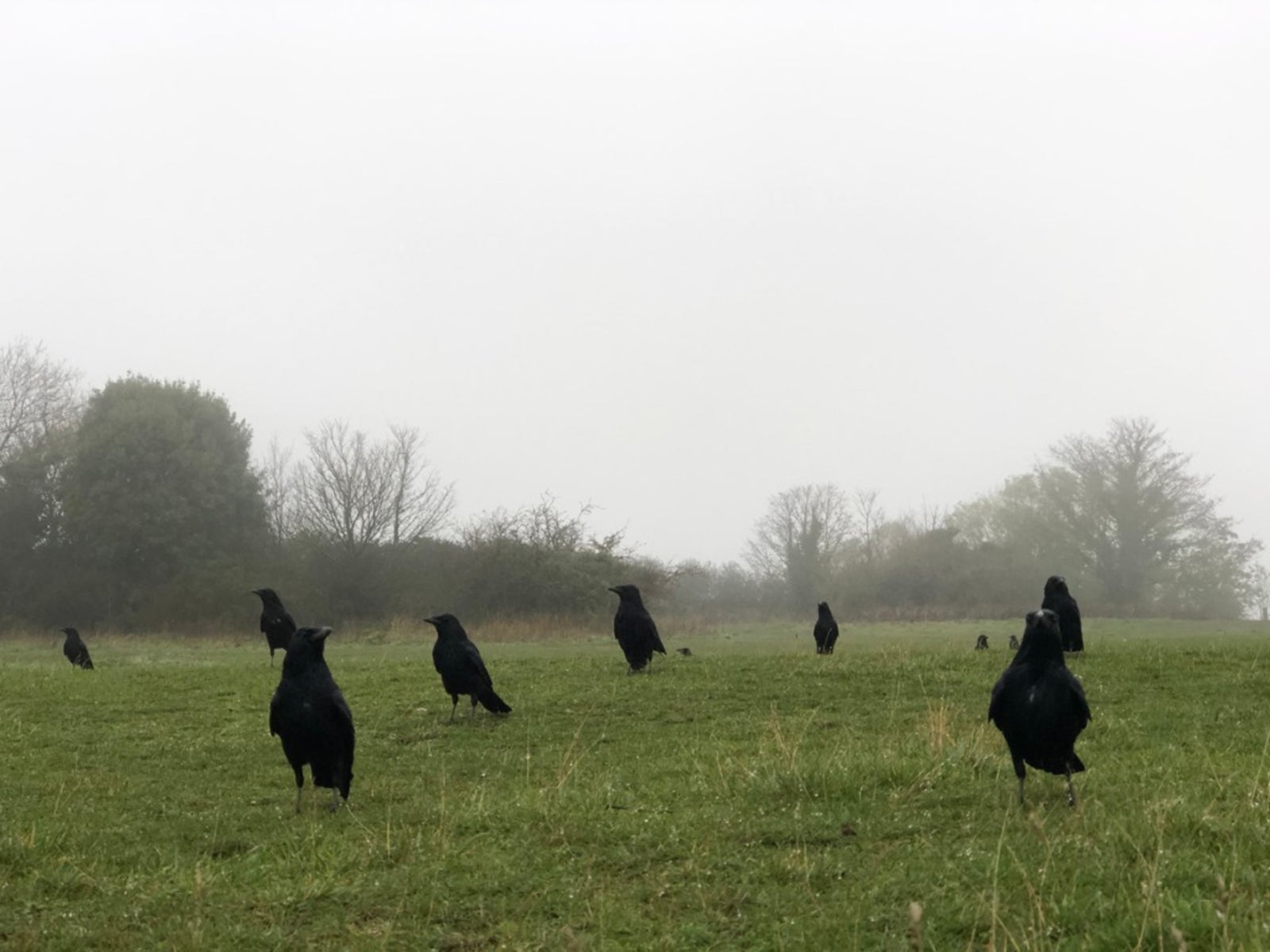

Landscaping Ideas
Why Do Crows Dig Up Grass
Published: January 29, 2024
Discover why crows dig up grass and learn landscaping ideas to prevent damage. Find effective solutions for your lawn.
(Many of the links in this article redirect to a specific reviewed product. Your purchase of these products through affiliate links helps to generate commission for Storables.com, at no extra cost. Learn more)
Introduction
Crows are fascinating creatures that have long captured the curiosity and admiration of humans. Their sleek black feathers, keen intelligence, and distinctive cawing calls make them a common sight in both urban and rural landscapes. While these birds are known for their resourcefulness and adaptability, their behavior can sometimes raise questions and concerns, particularly when it comes to their interaction with the environment.
One puzzling behavior that has often left homeowners and gardeners scratching their heads is the tendency of crows to dig up grass. This behavior can be both perplexing and frustrating, especially for those who take pride in maintaining a lush and well-manicured lawn. Understanding why crows engage in this behavior and its potential impact on the ecosystem is essential for finding effective and humane ways to address this issue.
In this article, we will delve into the intriguing behavior of crows, explore the possible reasons behind their penchant for digging up grass, and discuss the implications of this behavior on the environment. Additionally, we will provide practical insights into how homeowners and gardeners can deter crows from disrupting their lawns while maintaining a harmonious coexistence with these intelligent and resourceful birds.
Join us as we unravel the mysteries of why crows dig up grass and discover the fascinating world of these enigmatic avian creatures.
Key Takeaways:
- Crows dig up grass to find food like insects and grubs, gather nesting materials, and mark their territory. Their actions impact the ecosystem, but deterrents can help homeowners coexist with these intelligent birds.
- Homeowners can deter crows from digging up grass by modifying habitats, using visual and auditory deterrents, applying natural repellents, installing physical barriers, and encouraging natural predators. Balancing deterrence with respect for crows’ natural behaviors is key.
Read more: Why Do Raccoons Dig Up Lawns
The Behavior of Crows
Crows, members of the Corvidae family, are highly intelligent and social birds known for their complex behaviors and remarkable problem-solving abilities. These sleek, black-feathered creatures have long captured the fascination of bird enthusiasts and researchers alike. One of the most intriguing aspects of crow behavior is their propensity for digging up grass, a behavior that has puzzled and intrigued observers for generations.
Crows are highly adaptable and can thrive in a variety of environments, from bustling urban centers to remote rural landscapes. Their keen intelligence and resourcefulness enable them to exploit a wide range of food sources, including insects, small mammals, fruits, and carrion. Additionally, crows are known to be highly curious and inquisitive, often exhibiting playful behaviors and demonstrating a remarkable capacity for learning and problem-solving.
The act of digging up grass is a behavior commonly observed among crows, particularly in areas where they forage for food. This behavior is often linked to their foraging strategies, as crows are known to use their sharp beaks to probe the ground in search of insects, grubs, and other small prey. By carefully excavating patches of grass, crows can uncover hidden delicacies and satisfy their voracious appetites.
Furthermore, crows are opportunistic feeders, and their foraging behaviors are influenced by a combination of instinctual drives and learned behaviors. They are quick to adapt to changes in their environment and can exploit new food sources with remarkable efficiency. This adaptability is a testament to their cognitive prowess and their ability to thrive in diverse ecological settings.
In addition to foraging, crows are also known to engage in caching behaviors, where they hide surplus food in various locations for later consumption. This caching behavior is a testament to their strategic planning and ability to anticipate future needs, further highlighting their cognitive sophistication.
The social dynamics of crows also play a significant role in shaping their behaviors. These birds are highly social and often form tight-knit family groups, displaying complex communication patterns and cooperative behaviors. Their communal nature allows them to share information about food sources and potential threats, contributing to their overall success as a species.
In summary, the behavior of crows is a testament to their remarkable intelligence, adaptability, and complex social structures. Their propensity for digging up grass is just one of many fascinating behaviors that reflect their resourcefulness and ingenuity. By gaining a deeper understanding of the behavior of crows, we can appreciate the intricate tapestry of their lives and the vital role they play in the ecosystems they inhabit.
Reasons for Digging Up Grass
Crows are known for their resourcefulness and adaptability, and their tendency to dig up grass can be attributed to several compelling reasons. Understanding these motivations sheds light on the behavior of these intelligent birds and provides valuable insights into their foraging strategies and ecological impact.
-
Foraging for Food: Crows are opportunistic feeders with a diverse diet that includes insects, grubs, and small invertebrates. By digging up grass, they can uncover hidden delicacies such as earthworms, beetle larvae, and other invertebrates that dwell beneath the surface. Their sharp beaks and keen eyesight enable them to efficiently locate and extract these hidden morsels, making grassy areas prime foraging grounds.
-
Caching Behavior: In addition to immediate consumption, crows engage in caching behavior, where they hide surplus food in various locations for later consumption. Grassy areas provide ideal locations for caching food items, as the soft soil allows them to easily conceal their treasures. This behavior reflects their strategic planning and ability to anticipate future needs, demonstrating their cognitive prowess and adaptive foraging strategies.
-
Nesting Material Collection: During the breeding season, crows may also dig up grass to gather nesting materials. Grass and other plant matter are essential for constructing and lining their nests, providing insulation and comfort for their eggs and young. By meticulously selecting and collecting suitable nesting materials, crows demonstrate their meticulous approach to ensuring the well-being of their offspring.
-
Territorial Behavior: Crows are known to exhibit territorial behavior, and the act of digging up grass can serve as a means of marking and defending their territories. By disturbing the ground and creating visible signs of activity, crows may communicate their presence to other individuals and deter potential intruders. This territorial behavior is a testament to their social dynamics and the importance of maintaining defined boundaries within their communal spaces.
-
Environmental Stimuli: Environmental factors such as moisture, temperature, and soil composition can also influence the behavior of crows. Changes in weather patterns or soil conditions may prompt crows to engage in digging behavior as they respond to the dynamic cues of their surroundings. This adaptive response reflects their ability to navigate and exploit the ever-changing ecological landscape.
In summary, the reasons for crows digging up grass are multifaceted, encompassing foraging strategies, nesting behaviors, territorial dynamics, and responses to environmental stimuli. By recognizing the diverse motivations behind this behavior, we gain a deeper appreciation for the ingenuity and adaptability of these remarkable avian creatures.
Impact on Ecosystem
The behavior of crows, including their propensity for digging up grass, can have notable implications for the ecosystem in which they reside. Understanding the impact of this behavior is crucial for evaluating the broader ecological dynamics and the interconnected relationships between crows and their environment.
Disruption of Soil and Vegetation
The act of digging up grass by crows can lead to the disruption of soil and vegetation in their foraging areas. As they probe the ground in search of food, they may inadvertently disturb the delicate balance of the soil structure, potentially impacting the growth and stability of grass and other ground cover. This disruption can alter the microenvironment of the soil, affecting nutrient cycling and the composition of the plant community in the area.
Read more: How To Dig Up Grass And Replant
Influence on Invertebrate Populations
Crows' foraging activities, which involve digging up grass to uncover invertebrates and other small prey, can influence the populations of these organisms within the ecosystem. By targeting specific areas for foraging, crows may exert localized pressure on invertebrate populations, potentially impacting the abundance and distribution of these crucial components of the food web. This, in turn, can have cascading effects on other organisms that rely on these invertebrates as a food source.
Nesting Site Selection and Vegetation Dynamics
The collection of nesting materials by crows, which may involve digging up grass and other plant matter, can influence the vegetation dynamics within their habitat. The selective removal of grass and other plant materials for nest construction can alter the composition and structure of the vegetation, potentially shaping the availability of resources for other species and influencing the overall biodiversity of the area.
Soil Disturbance and Seed Dispersal
Crows' digging behavior can contribute to soil disturbance and seed dispersal, inadvertently playing a role in the dispersal of seeds and the regeneration of plant species within the ecosystem. The disturbance of soil during foraging activities can create opportunities for seed germination and the establishment of new plant growth, contributing to the dynamic processes of ecological succession and the maintenance of diverse plant communities.
Overall Ecological Resilience
While the immediate impact of crows' digging up grass may appear localized, the cumulative effects of their foraging and nesting behaviors can contribute to the overall ecological resilience of the ecosystem. By engaging in dynamic interactions with the soil, vegetation, and invertebrate populations, crows play a part in shaping the ecological processes that drive the stability and adaptability of the ecosystem as a whole.
In essence, the impact of crows' digging up grass extends beyond the surface level, influencing soil dynamics, vegetation structure, invertebrate populations, and the overall ecological resilience of the ecosystem. By recognizing the multifaceted implications of this behavior, we gain a deeper understanding of the intricate web of interactions that define the ecological tapestry in which crows play a vital role.
Read more: How To Dig Up Monkey Grass
Ways to Deter Crows from Digging Up Grass
Addressing the issue of crows digging up grass requires a thoughtful and proactive approach that aims to deter this behavior while respecting the natural behaviors of these intelligent birds. By implementing effective deterrent strategies, homeowners and gardeners can minimize the impact of crow foraging activities on their lawns and create a harmonious coexistence with these resourceful avian neighbors.
1. Habitat Modification
Modifying the habitat to make it less conducive to crow foraging can be an effective deterrent. This can involve reducing the availability of food sources by keeping the lawn free of potential prey such as grubs and insects. Additionally, creating barriers or obstacles, such as installing netting or mesh, can discourage crows from accessing specific areas of the lawn.
2. Visual and Auditory Deterrents
Utilizing visual and auditory deterrents can help deter crows from frequenting the lawn. Shiny objects, reflective surfaces, or scarecrow-like figures can disrupt the crows' sense of security, making the area less appealing for foraging. Additionally, playing recorded sounds of distress calls from crows or other birds of prey can create an environment that is perceived as unsafe, prompting crows to seek alternative foraging grounds.
3. Natural Repellents
Introducing natural repellents that are unpleasant or irritating to crows can discourage their presence in the lawn. Substances such as citrus peels, cayenne pepper, or commercial bird repellent sprays can be strategically placed to create an aversive environment for crows. It is important to reapply these repellents as needed, especially after rainfall or irrigation.
Read more: Why Do Dogs Dig In The Carpet
4. Physical Barriers
Implementing physical barriers, such as bird netting or wire mesh, can protect specific areas of the lawn from crow activity. These barriers can be particularly useful for safeguarding newly seeded areas or delicate plantings. When installing physical barriers, it is essential to ensure that they are securely anchored and do not pose any hazards to other wildlife or pets.
5. Encouraging Natural Predators
Encouraging the presence of natural predators of crows, such as hawks or owls, can help deter their foraging activities. Providing perches or nesting sites for these raptors can create a natural deterrent effect, as crows are instinctively wary of potential predators. However, it is important to consider the potential impact on other bird species and to adhere to local regulations regarding wildlife management.
By employing a combination of these deterrent strategies, homeowners and gardeners can effectively discourage crows from digging up grass while maintaining a balanced and ecologically conscious approach. It is important to approach crow deterrence with a focus on humane and sustainable methods that respect the natural behaviors and ecological roles of these remarkable avian inhabitants.
Conclusion
In conclusion, the behavior of crows, including their propensity for digging up grass, offers a captivating glimpse into the intricate world of these intelligent and adaptable avian creatures. By unraveling the motivations behind this behavior and its broader ecological implications, we gain a deeper appreciation for the complex interactions that shape the natural landscape.
Crows' foraging activities, driven by their resourcefulness and opportunistic feeding strategies, underscore their remarkable adaptability and cognitive prowess. Their ability to exploit diverse food sources and engage in caching behaviors reflects their strategic planning and capacity to thrive in dynamic environments. Furthermore, the act of digging up grass serves as a testament to their ingenuity in uncovering hidden delicacies and meeting their nutritional needs.
While the impact of crows' digging up grass on the ecosystem may raise concerns, it also highlights their role in shaping ecological processes. From influencing soil dynamics and invertebrate populations to contributing to the overall resilience of the ecosystem, crows play a multifaceted role in the intricate web of interactions that define their habitats.
Addressing the challenges posed by crows' foraging behaviors requires a balanced and proactive approach that respects the natural behaviors of these avian inhabitants. By implementing effective deterrent strategies, such as habitat modification, visual and auditory deterrents, natural repellents, physical barriers, and encouraging natural predators, homeowners and gardeners can minimize the impact of crow activities on their lawns while fostering a harmonious coexistence with these intelligent birds.
Ultimately, the behavior of crows serves as a reminder of the rich tapestry of life that unfolds in our natural surroundings. Their presence, marked by both captivating behaviors and occasional challenges, adds depth and intrigue to the ecosystems they inhabit. By embracing a holistic understanding of their behaviors and ecological roles, we can cultivate a deeper appreciation for the interconnectedness of all living beings in the natural world.
Frequently Asked Questions about Why Do Crows Dig Up Grass
Was this page helpful?
At Storables.com, we guarantee accurate and reliable information. Our content, validated by Expert Board Contributors, is crafted following stringent Editorial Policies. We're committed to providing you with well-researched, expert-backed insights for all your informational needs.
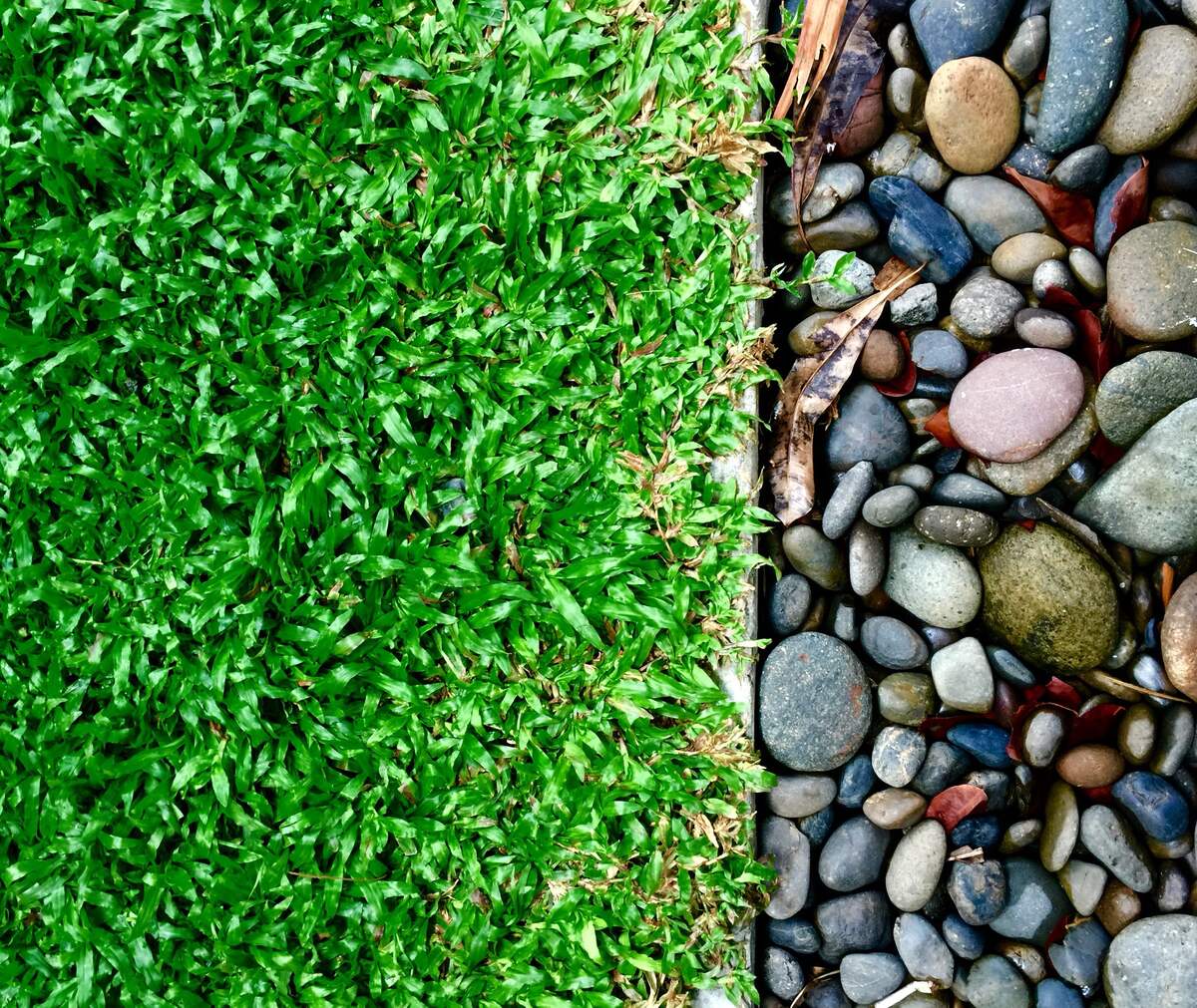


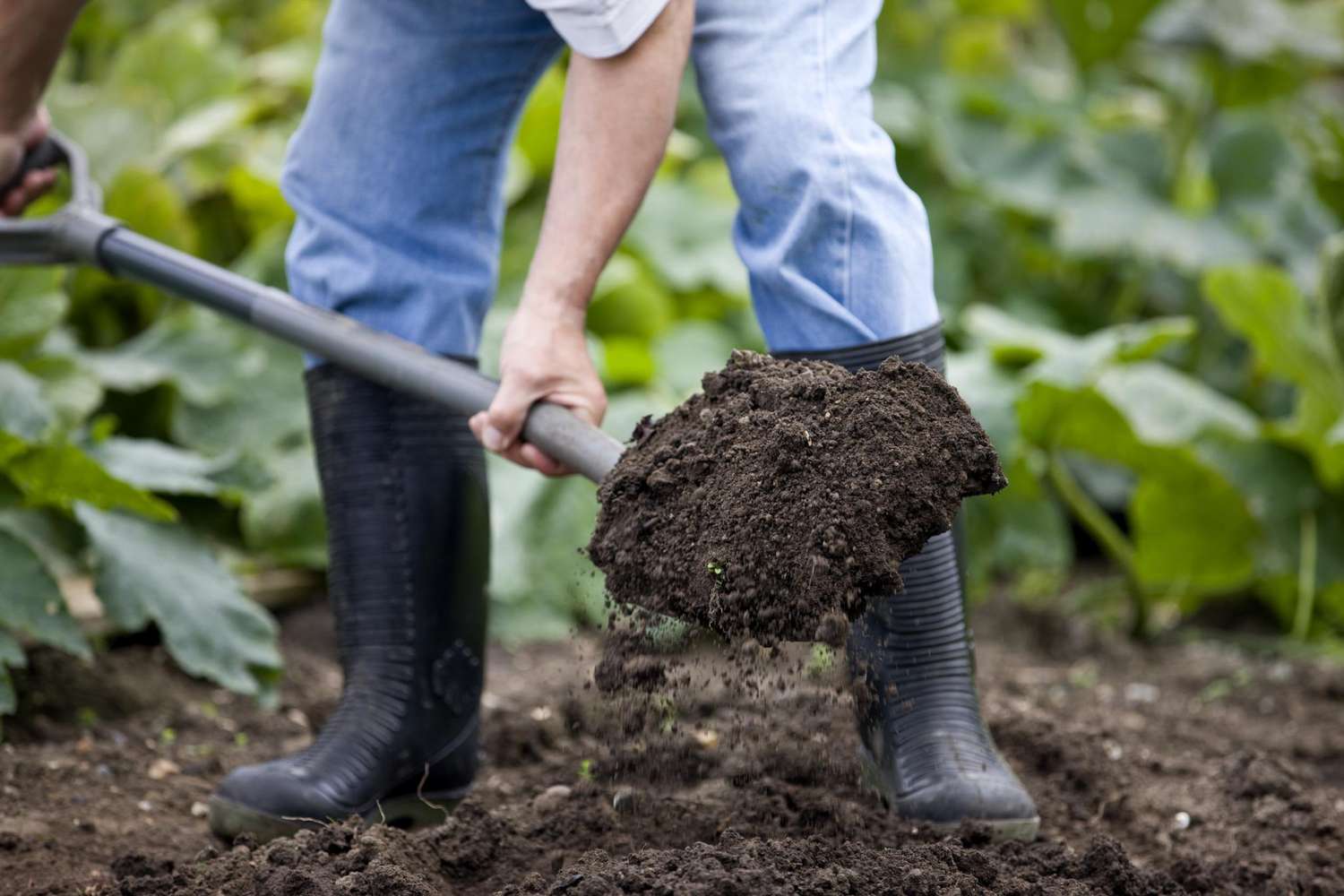
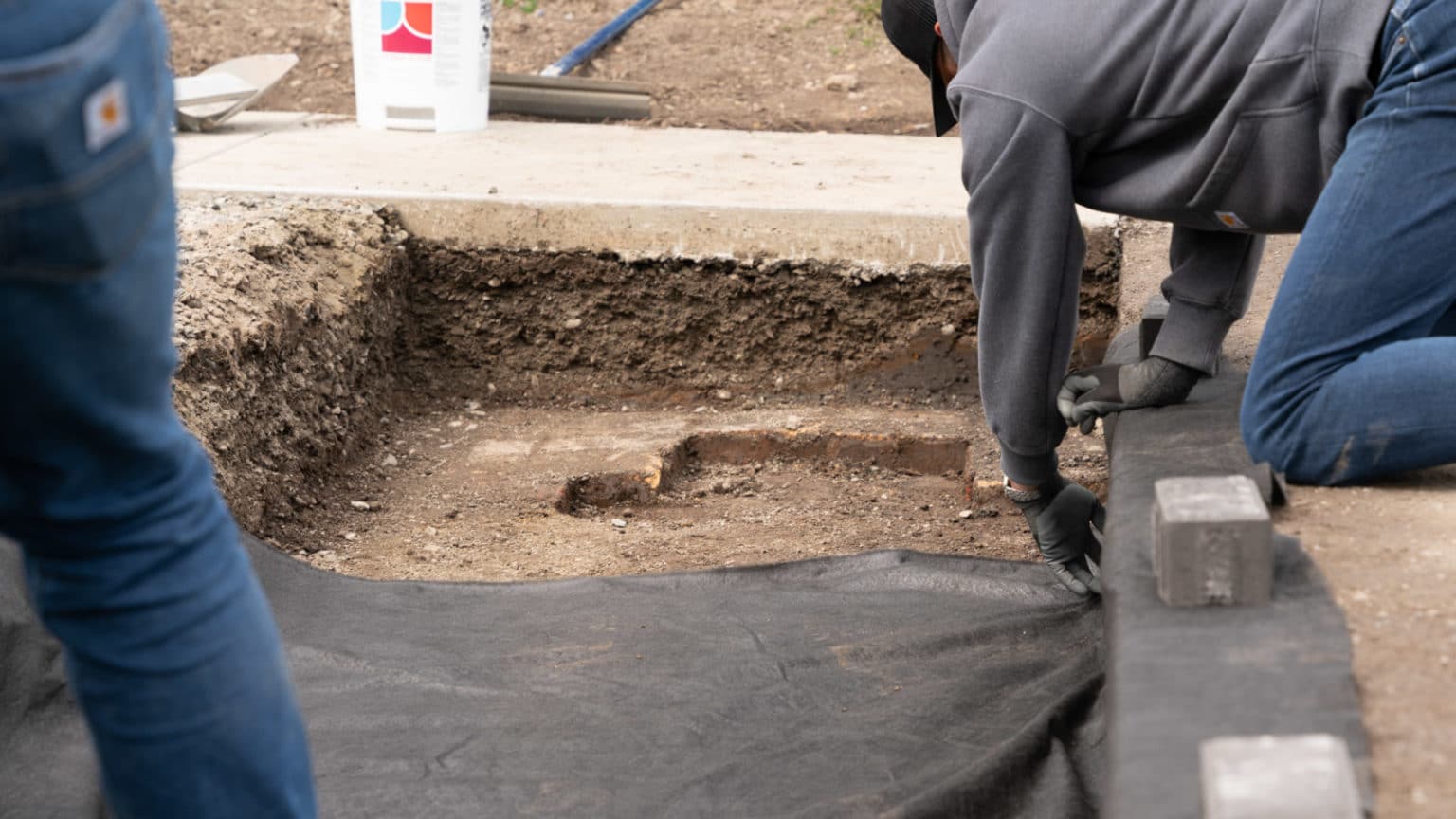
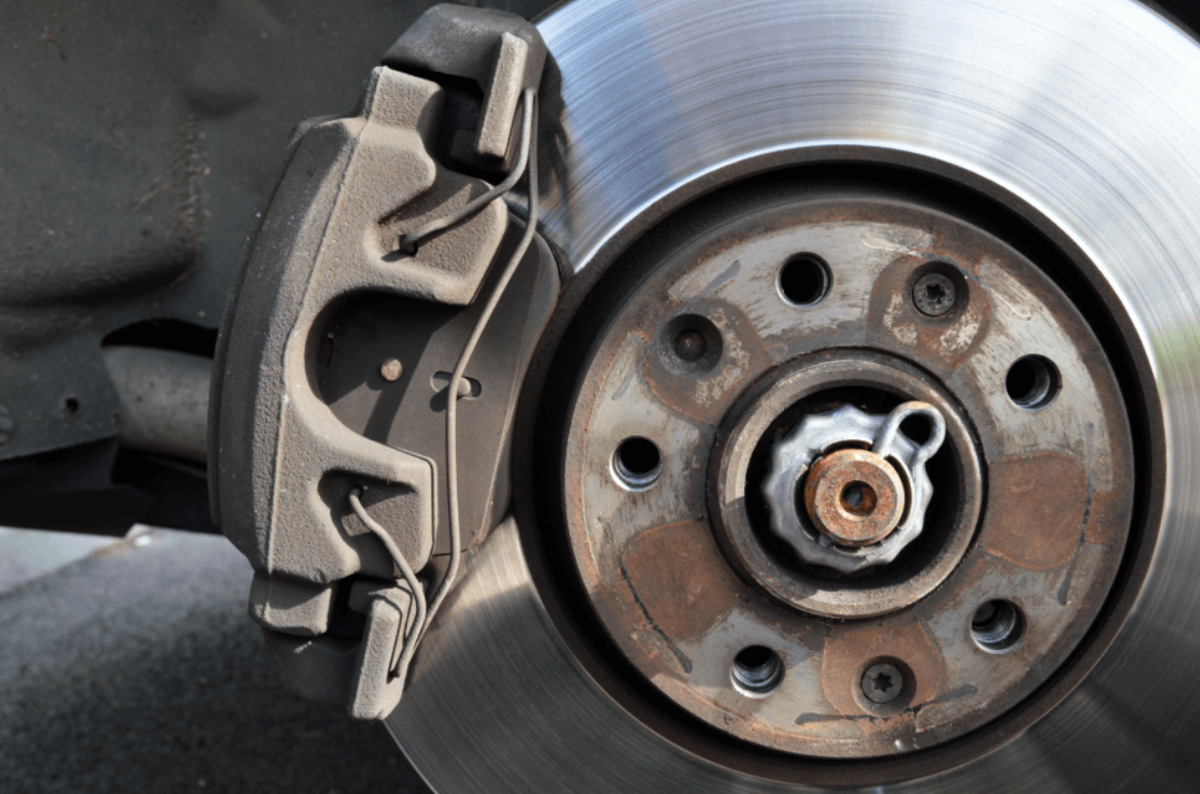

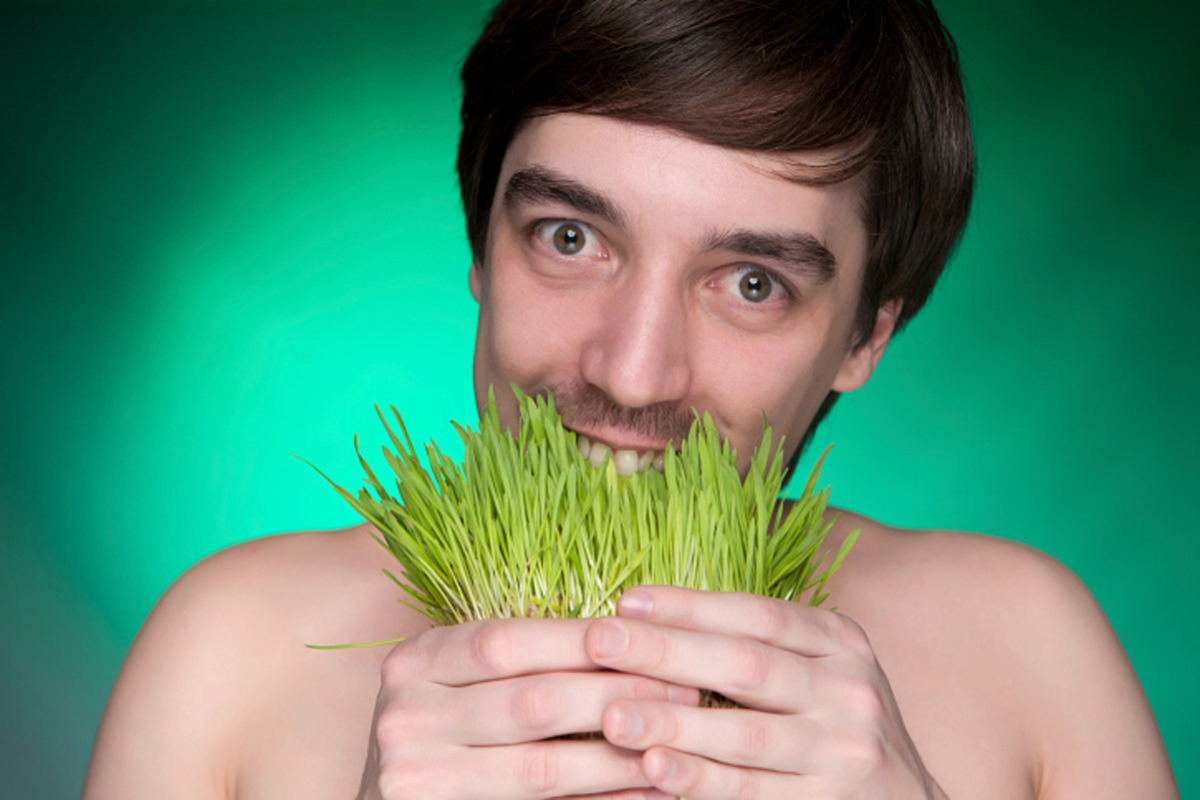

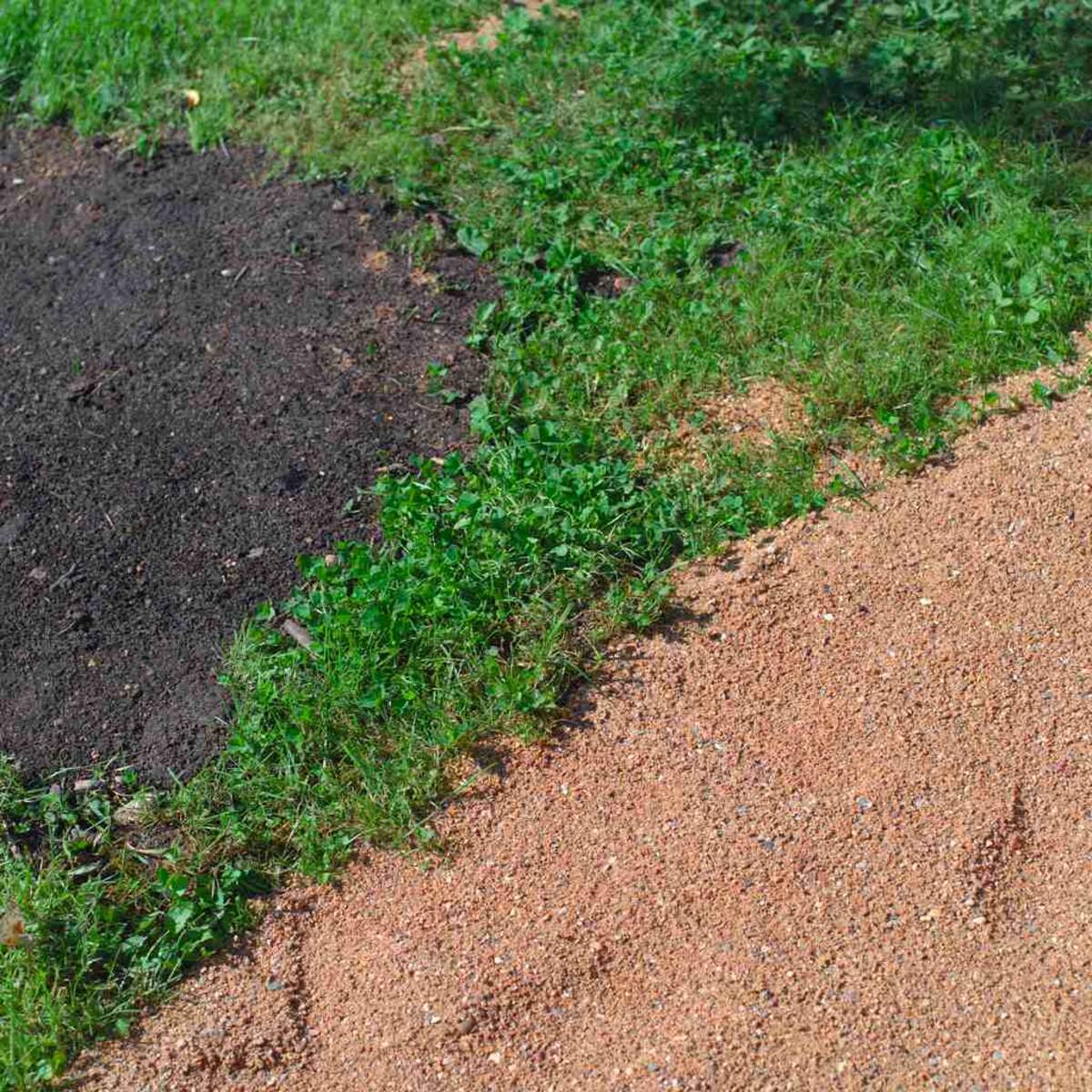
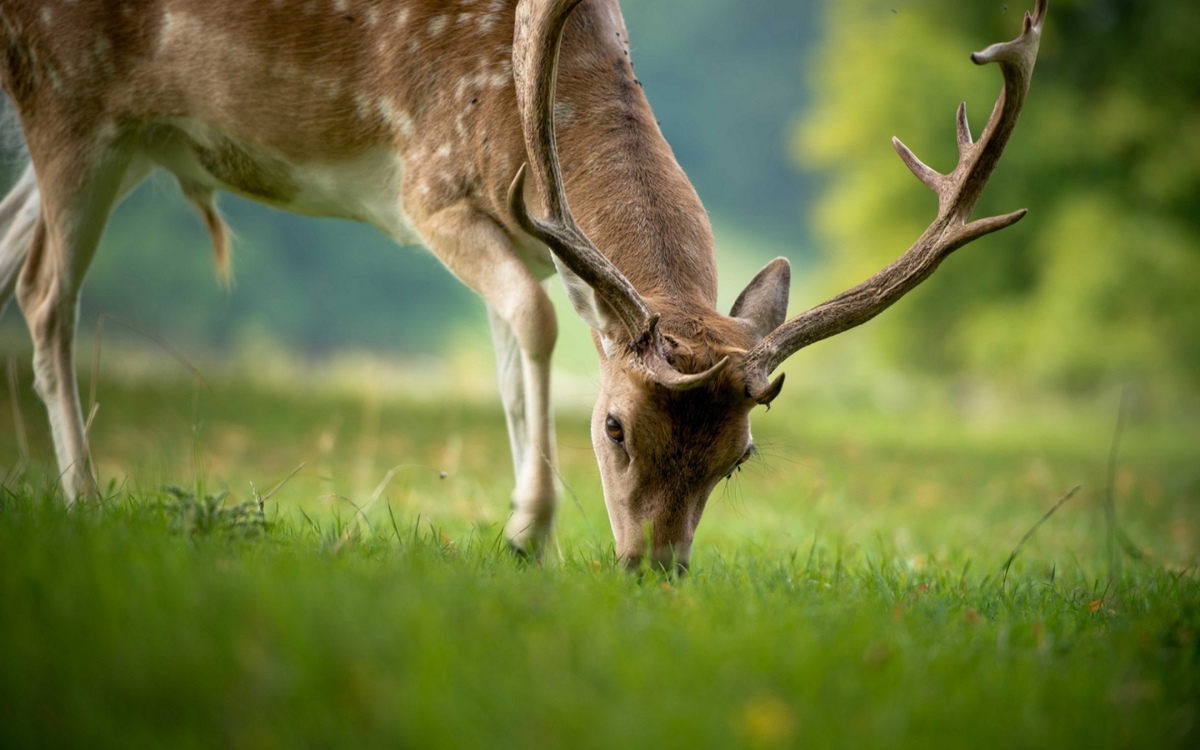
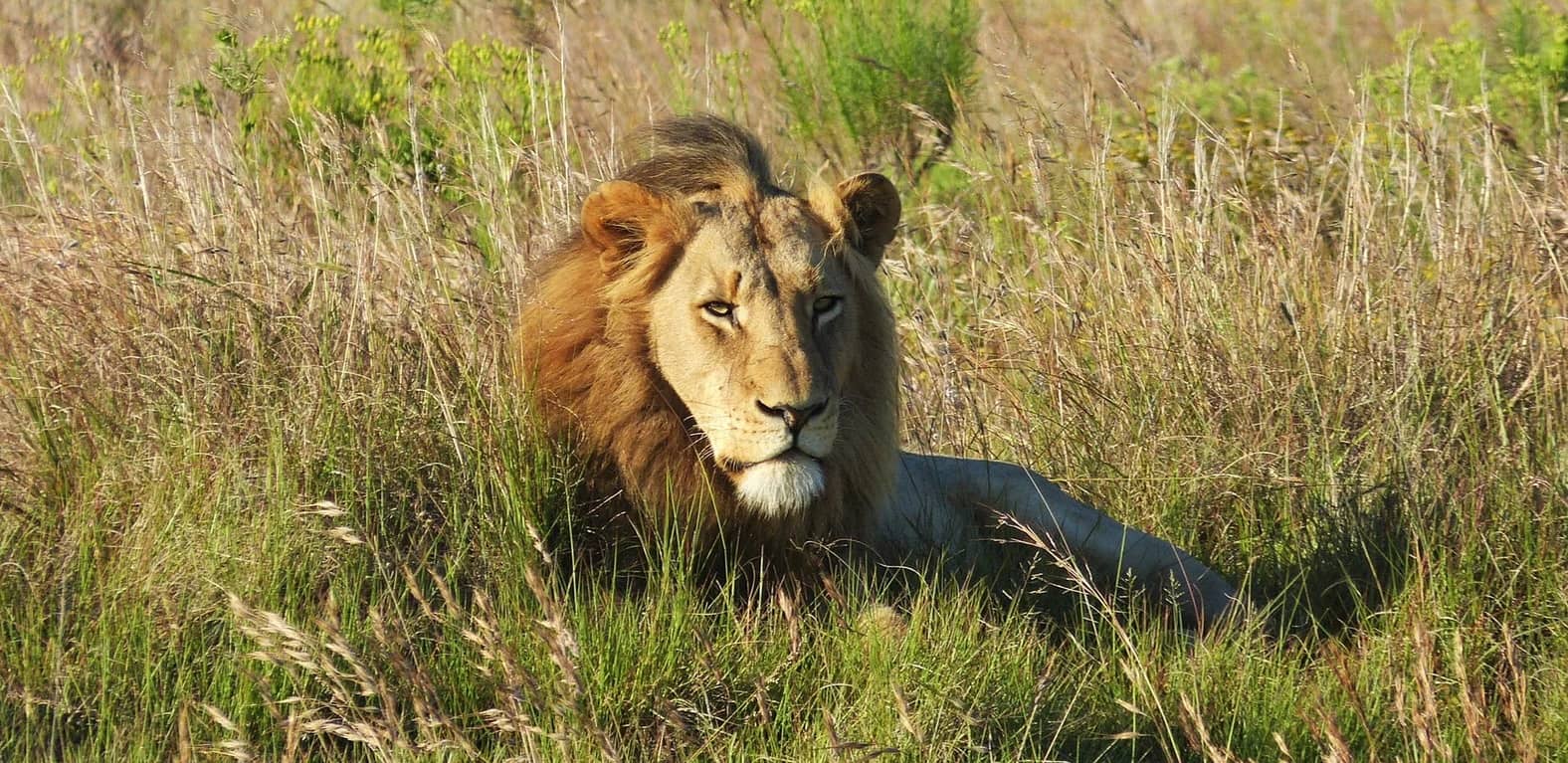

0 thoughts on “Why Do Crows Dig Up Grass”